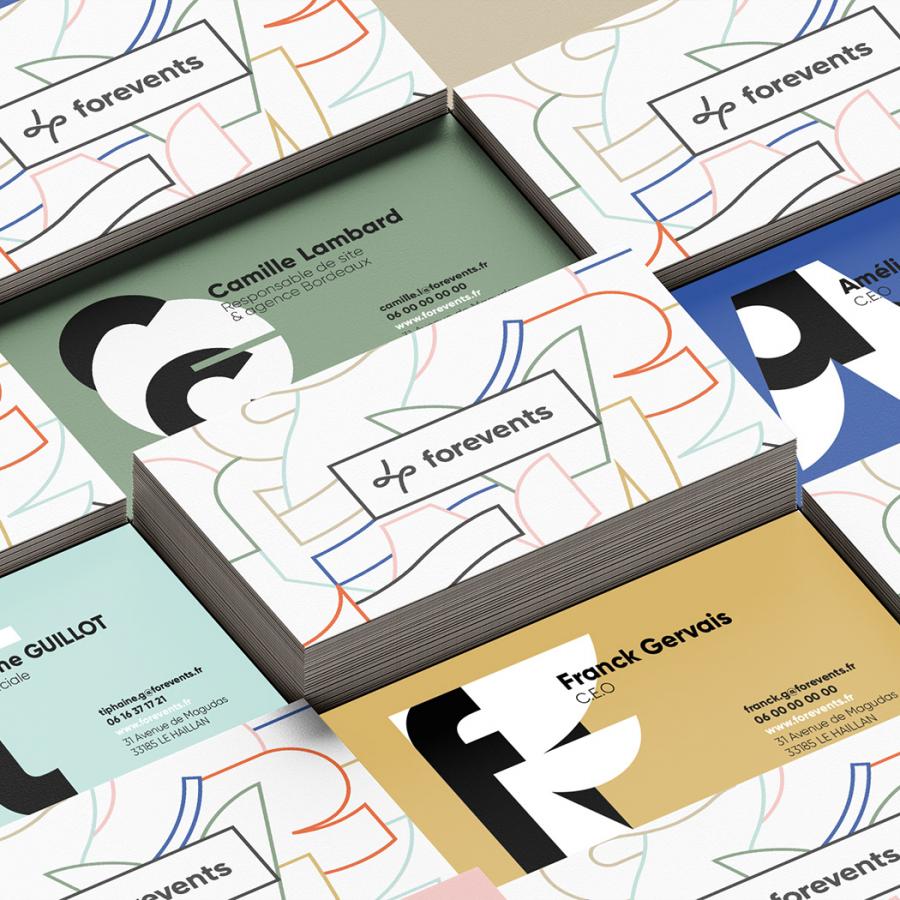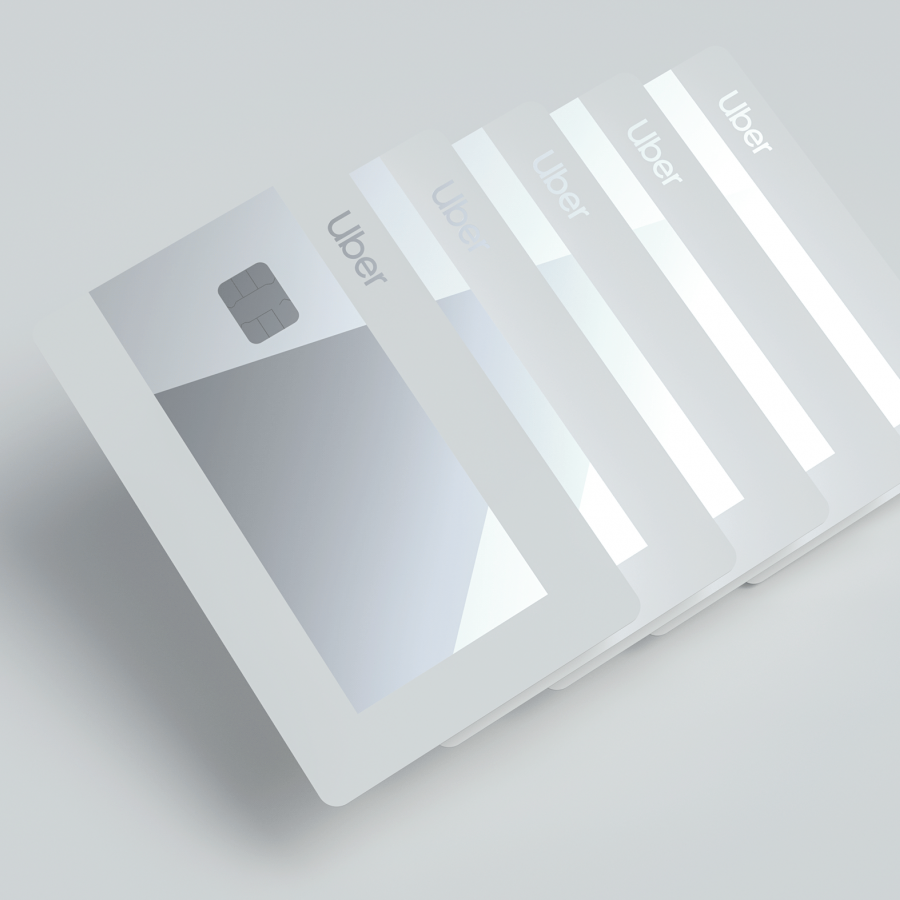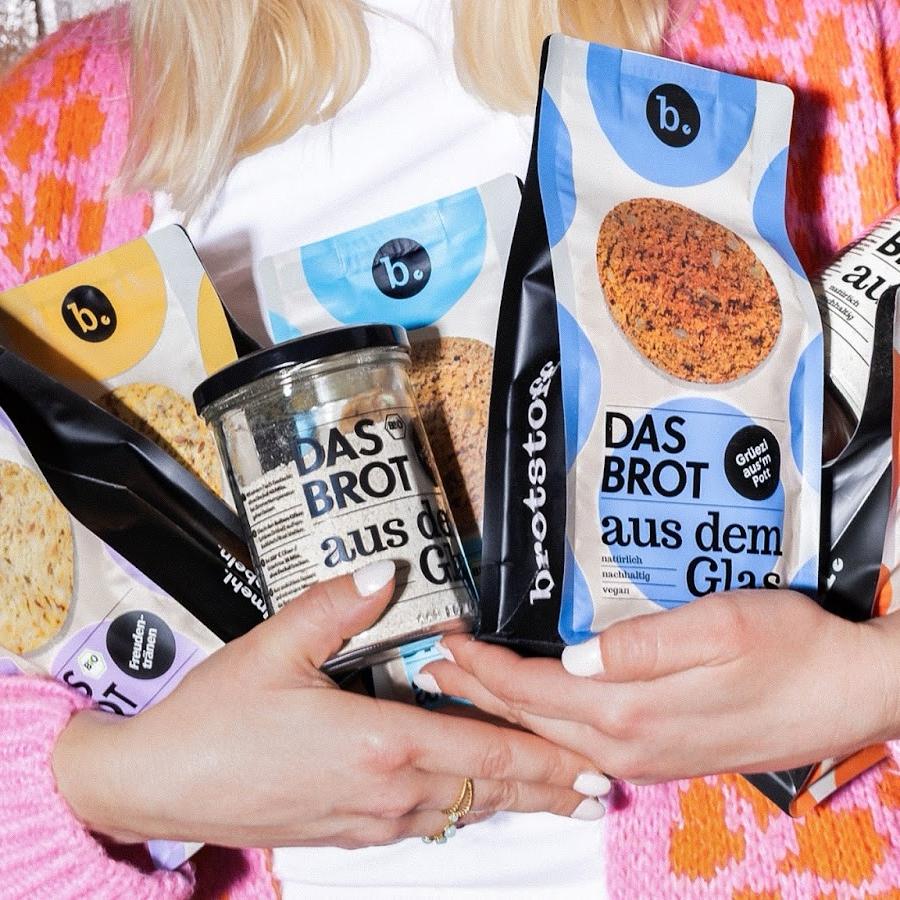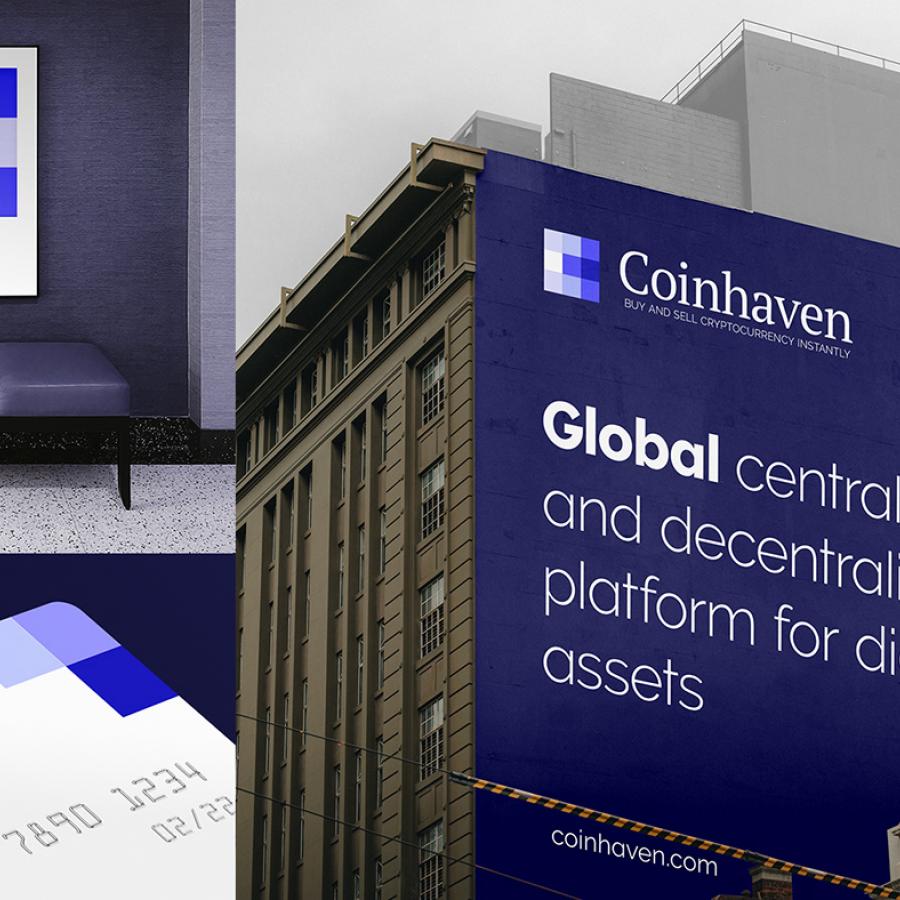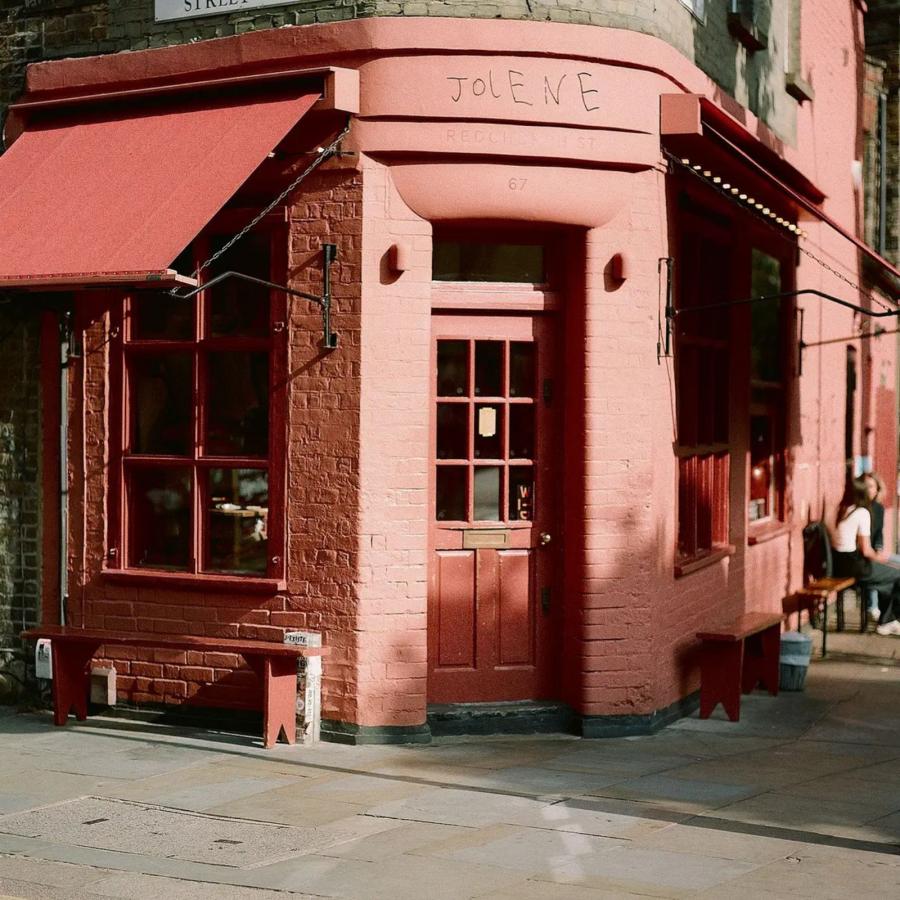by ibby
A design-centric look at How&How’s identity for Everbloom, where texture, type, and material storytelling shape a modern, understated brand system.
The latest work from How&How is a beautiful reminder that sustainability doesn’t have to look rustic, earthy, or “eco-chic.” For Everbloom, a company turning organic waste into regenerated high-performance fibers, the studio created a visual identity that feels elegant, technical, and deeply tactile without slipping into the clichés that often follow next-gen materials. This is a project where design does what design should do: extend the logic of the product into the visual world.
A Logo That Weaves the Concept Together
The Everbloom logo pairs a refined wordmark with a woven monogram that almost behaves like a cursor. It’s subtle but highly considered, a mark that hints at textiles, construction, and process rather than literally depicting them. It works as well on a label as it does on lab documentation, which feels intentional given the science-meets-craft nature of the brand.
Tactile Without Being Literal
How&How leaned into texture in a way that feels modern rather than nostalgic. Surfaces feel touchable, but nothing mimics fabric directly. Instead, the system uses delicate thread motifs, soft, structured gradients and macro photography that studies the material’s form rather than its final context.
A Classic Aesthetic with a Technical Pulse
The type pairing is sharp: Season VF brings editorial elegance while Haffer Mono adds a hint of scientific rigor. It’s a nice tension, luxury meets lab work, without either side overpowering the other. The digital experience follows the same philosophy: editorial pacing, generous whitespace, and a slow-build reveal that mirrors the way you’d examine a material sample in real life.
A Brand About Feel, Not Flash
What stands out here is restraint. There’s no heavy messaging, no sustainability sermon, no urgency. Just a clean, thoughtful identity that lets the materials speak through texture, form, and tone. In an industry where sustainable materials often feel forced into “green” aesthetics, Everbloom’s identity is refreshing. It suggests that the future of material design might look less like a recycled cardboard box and more like this, considered, confident, and quietly luxurious.
